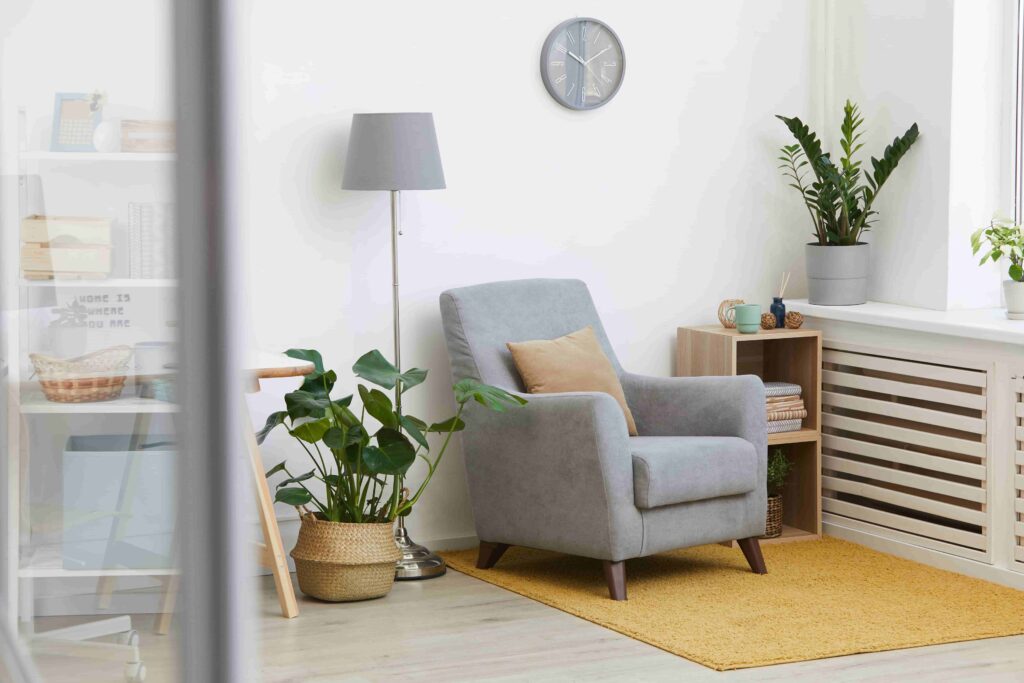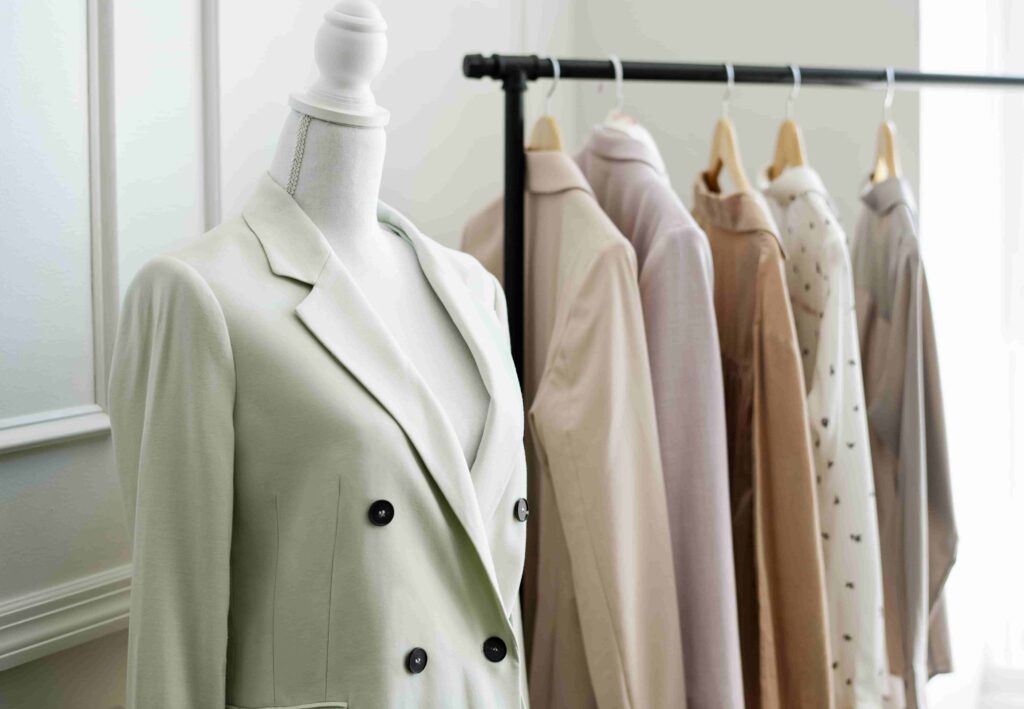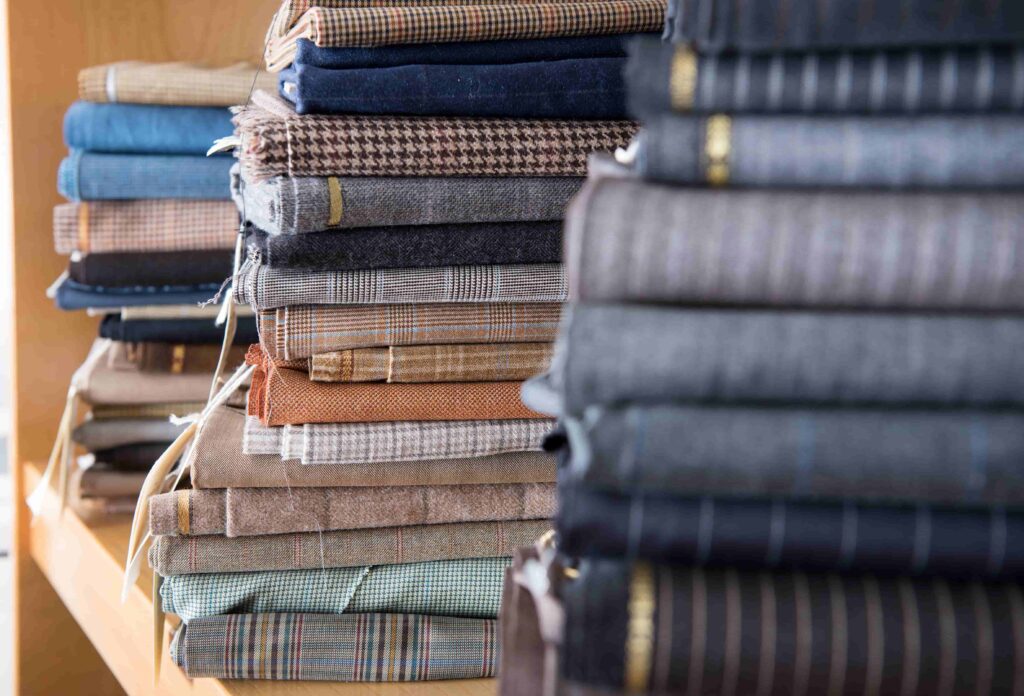UR Textiles
10 Applications of Textiles
What are the applications of Our Textiles?



Textiles are everywhere in modern society; worn as protection and self expression on the human body, used as decoration and comfort elements in homes, offices, hospitals, hotels or public buildings, as interior components in cars, buses, trains, ships and airplanes, or structural elements for tents, roofs, bridges, or as reinforcements for roads, and dikes but also as bags, nets or artificial turf in sports and outdoor activities. In spite of the fact that normally the textile industry is considered a traditional sector, today it has become one of the main test-beds regarding new business strategies. The new market standards, achievable with process innovations, which on one hand reduce costs, whereas on the other hand allows to distinguish oneself from the other competitors, have become a very important competitive factor. Ever since the mid 80’s, the market of textile products started to change radically, and it was divided between: standard productions, identified with a low innovation and technology level, medium to low quality, weak customer service – complex productions identified with a high product innovation level, with the use of state-of-the art process technologies and product research, a strong aesthetic element, as well as certain and high quality levels, quick timing addressing requirements, production flexibility and customer service. As well as the above, currently there is a new phase in the textile field in which new materials allow to make dynamic and interactive products, able to offer protection, comfort and performance. The textile materials are therefore becoming the basis for a completely new range of new applications.
Innovative and Technical Textiles: A Sector of Niches with High Added Value
Today it’s needed to adopt a different approach to textiles; fabrics have to be regarded not only just as a surface, to be interpreted graphically, but as a material to all intents and purposes, with its own intrinsic structure and performance. In the sector of technical textiles there are a large number of niches and products, often highly technological and where the end user requires specific requirements, and for which the cost is no longer the only parameter taken into consideration. Regarding innovative textiles the market is growing rapidly and many developments of new products and applications are underway. The technological evolution which transversally integrates human science, materials and information technology, does allow to foresee positive perspectives in the approach towards development of new products and applications.
The general trend is therefore towards high tech, high performance fabrics designed not just to look attractive, but to offer a significant added value in terms of functionality.

Application Field of Technical Textiles
In the field of specialized applications, the technological assets are those that provide the highest performance and comfort standards, and ensure a better quality of life. Already there are fabrics capable of reducing risks (e.g. antibacterial, mite-proof, insect proof, odorless, flame retardant, soil-resistant, anti-UV and anti-electromagnetic radiation, etc.). Other fabrics function actively (e.g. heat-regulating, with new visual features, or providing cosmetic-medical effects, and so forth).
Home Textiles
Traditionally textiles have been an important part of the interior of human habitations, as well as human transportation systems such as cars, buses, passenger trains, cruise ships or airplanes. In that respect textile served three basic purposes:
- Decoration (carpets, wall coverings, curtains & drapes, table cloths, etc.)
- Comfort (Upholstery, seat covers, mattresses, bed sheets, blankets, carpets etc)
- Safety (Safety belts and nets, airbags)

While the basic functions remain unchanged, increased user and regulatory requirements for textile interiors have already made such products more complex, multifunctional or even “intelligent”.
|
Functionality |
Application |
|
Stain or water repellence |
Table cloth, curtains, furniture, car, bus, train. Airplane seats |
|
Flame retardance |
All possible textile interiors of buildings and transport systems |
|
Anti-static behaviour |
Upholestery and seat covers |
|
Anti-bacterial behaviour |
Bedding, medical textiles |
|
UV- protection |
Roofs, tents, awnings, blinds, curtains |
|
Insect repellance |
Tents, nets |
|
Odour absorption |
Bedding, furniture, car, bus, train, airplane seats |
Textile Structures for building
Textiles have in the past been predominantly confined to the interior decoration; they are now increasingly becoming part of these constructions themselves. Thanks to better performance characteristics in terms of their strength-weight ratio, durability, flexibility, insulating and absorption properties, and fire and heat resistance, they are in a position to replace more traditional construction materials such as steel and other metals, wood and plastics. Examples of such innovative uses of textiles include:
- Textile-reinforced concrete
- Fibre- and textile-based bridging cables and elements
- Erosion and landslide protection systems
- Textile reinforcement of dykes and other water management systems
- Fibre-based light, flexible and durable piping and canalization
Clothing

The skin is the principal element that separates and protects the human body from the environment around it. It is also acts as a major exchange system of energy (e.g. heat) and matter (fluids and gases such as water, oxygen etc.) between body and environment. Clothing as an artificial second skin has always been used by humans to enhance the protective function of their own skin. However such additional protection often has a negative effect upon the exchange functionality of the human skin, in certain cases very severely like in the case of full body armour, fire-fighters, uniforms or diving suits. Functional and smart or intelligent clothing are the innovative response to such limitations. Functional clothing refers to products in which one or several specific functionalities are emphasised like strong insulation, water or fire resistance, breathability, wear resistance etc. Smart clothing takes (multi)functionality one step further as it refers to products that can offer their functions in a more adaptive way in response to stimuli from the environment or the wearer. Smart garments can for instance:
- adapt their insulation function according to temperature
- changes,
- detect vital signals of the wearer’s body
- change colour or emit light upon defined stimuli
- generate or accumulate electric energy to power medical and other electronic devices
Protection
The term ‘protective clothing’ covers garments and accessories intended to protect people against the elements, dangerous or hazardous materials, processes or events during the course of their work or during leisure activities. It also encompasses garments intended to protect products, the workplace or environment against people (as for clean room garments), Demand for protective clothing is affected not only by increased levels of industrialization but also by an increased awareness of, Health & Safety and hygiene legislation. The rising trend in violent crime, combined with increased military operations, have led to increases in public spending aimed at reducing injuries to police, civil defence, and the military.
The main end use segments include
- Particulate protection (clean room)
- Chemical protection
- Flame retardant
- Cut resistant
- Outdoor protection, hi-visibility
Manufacturers of protective clothing are also realizing the need to supply workers with comfortable garments. In fact although guaranteed high levels of performance wiII remain critical for protective garments, increased emphasis is being placed on wearer comfort, and design aesthetics.
Sport

Increasing worldwide interest and participation in active sports and outdoor leisure pursuits have resulted in strong historical growth in the consumption of textile materials in sporting and related goods and equipment.
The continuing pursuit of even higher standards of end-user safety and performance is now stimulating the use of higher priced, branded speciality fibres and other materials, Applications of textiles for sport and leisure are extremely diverse, ranging from sportswear to boat covers, tents or high performance composite
Medical Textiles
Textile products are omnipresent in the field of human hygiene and medical practice. Their use is based on a number of typical basic textile properties like softness and lightness, flexibility, absorption, filtering etc. Traditional applications include wound care products, diapers, braces, protheses and orthoses, wipes, breathing masks, bedding and covers, ropes and belts etc.
Innovative textile products can both add significantly to effectiveness of medical treatments as well as patient comfort At the same time, new medical textiles, may contribute to cost containment. Such innovative products:
- Provide new treatment options (textile based implants instead of scarce donor organs; artificial tissues, joints and ligaments),
- Speed up recovery after medical treatment (innovative wound dressings; light, Breathable orthoses/ protheses)
- Enhance quality of life of chronically ill people (functional clothing)
Textiles for Transports

The idea of using textiles to transport humans or goods is not recent. Textile ropes and sails have been instrumental in powering ships since the early days of human civilization and the birth of human aviation in the form of balloons, zeppelins and early airplane prototypes is equally textile linked.
The modern concept of mobility enabling textiles come in the form of:
- performance fibre-based textiles used in balloons, parachutes, sails, nets and ropes;
- aircraft wing and body structures or boat rumps made of fibre and textile-based composites;
- inflatable components of satellites or other spacecraft;
- flexible reservoirs, containers or bags used for transportation of gases, liquids and bulk goods by road, rail, water or air.
- composites are underway or expected in the near future across all transportation system fields.
Industrial Textiles
Technical textiles keep the wheels of industry turning in many different ways, separating and purifying industrial products, cleaning gases and effluents, transporting materials between processes, carrying them through and turning machines, absorbing dirt and oil, and acting as substrates for abrasive sheets and other coated products. Industry is an extremely diverse application sector in terms of products, functions and enduses ranging from lightweight nonwoven filters, knitted nets and brushes to heavyweight coated conveyor belting.
Filtration and cleaning products are the most important product segments;
Agrotextiles

Applications for technical textiles in agriculture include all activities concerned with the growing and harvesting of crops and animals. The principal function of most agricultural textiles relates to the protection of either food produce, animals or land. Enduses range from crop production, through forestry and horticulture, to animal and poultry rearing and fishing. The fishing segment is a large consumer of textile materials. Fishing methods are becoming more industrialized, replacing older small net and line fishing techniques.
Geotextiles
Geotextiles are defined as all woven, nonwoven and knitted textile materials used mainly by the civil engineering industry to provide a range of functions such as support, drainage and separation at or below ground level. Geotextiles are used in a wide range of applications including the construction of buildings, bridges, dams, roads, railways and paths as well as embankments, cuttings, dykes and sub-sea coastal engineering projects.
These are now being increasingly widely used for waste containment in hazardous waste tips as well as for industrial and municipal effluent treatment facilities.
Conclusion

At present some 60% of all the textile products made world wide employ fibers that were not yet being marketed just fifty-sixty years ago, and there are estimates that 30% of the products sold fifty years tram now have not even been invented yet. The fabrics of the future will be entirely re-conceptualized; researchers all over the world have been quizzed about the products that will be appearing on the market aver the coming decades, and their belief is that there will be materials capable of repairing themselves when damaged, fabrics with built-in digital devices, smart textiles with nano materials and much, much more. With textiles it will be possible offer innovative solutions for global problems, such as pollution, health issues, transports, protection, communication, and so on.
Request Your Sample Pack & Inquiry
Order a sample pack so you can feel our premium range of textiles by yourself.
